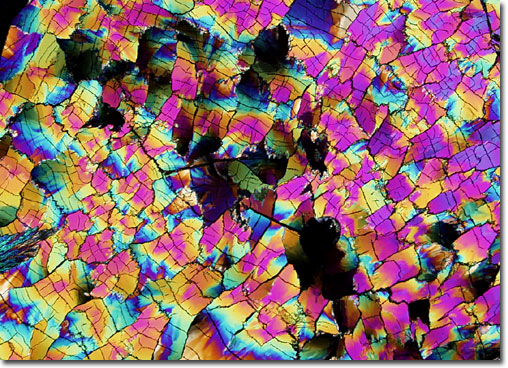|
In addition to its importance in cell structure, cholesterol acts as a precursor from which the body synthesizes vitamin D, bile acids, and steroid hormones. The biochemical, which is produced by the liver and various other organs, is insoluble in the blood and must attach to lipoproteins in order to circulate through the bloodstream. Low-density lipoproteins (LDLs) carry cholesterol from the site of synthesis to the tissues and cells, where it is separated from the lipoprotein so that it may be utilized by the body. Any leftover, unused cholesterol is often transported by high-density lipoproteins (HDLs), however, from these cells and tissues back to the liver, where it is subsequently broken down into bile acids and excreted from the body.
|
